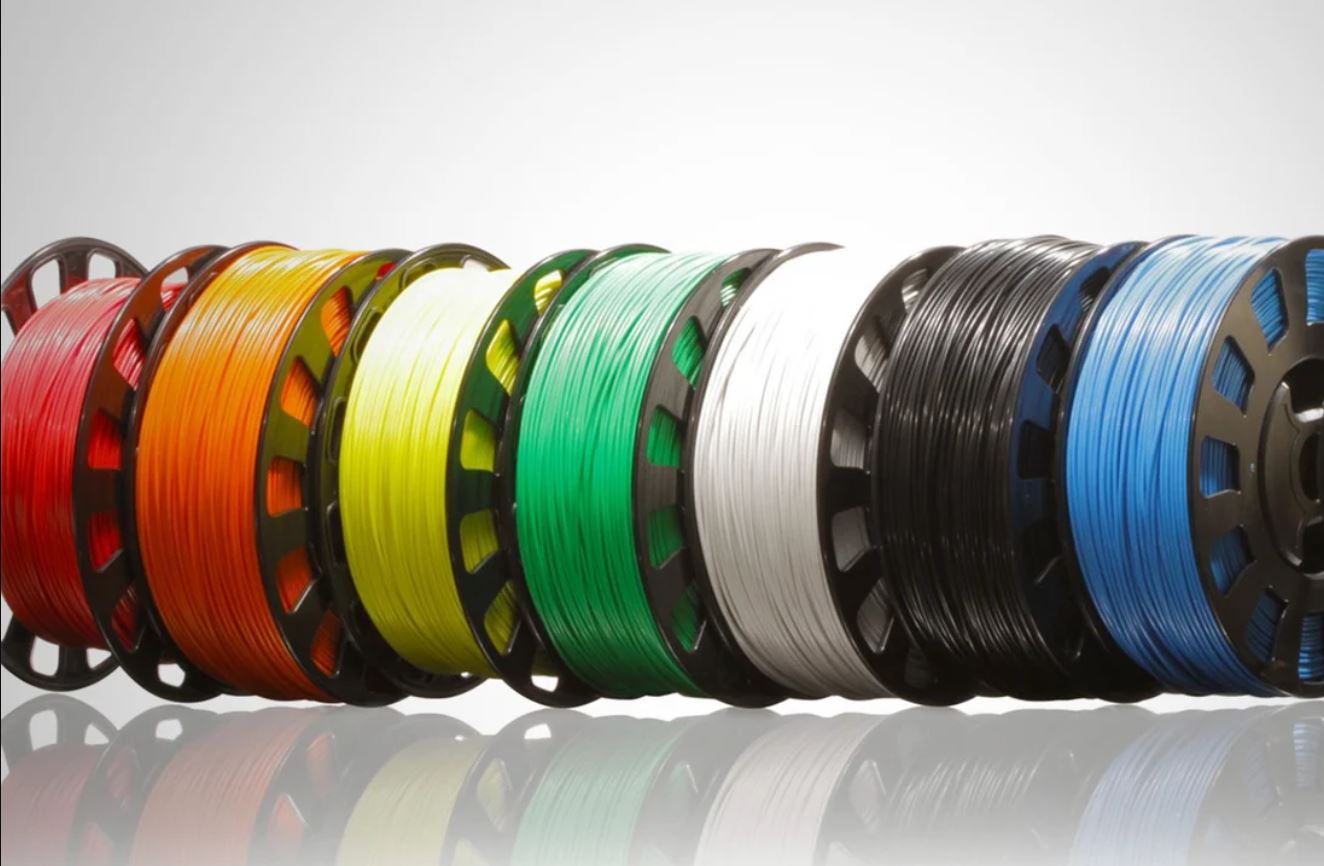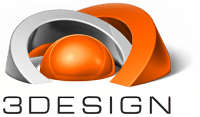
How to Choose the Right 3D Printing Material
It is often easy to decide whether or not to 3D-print, but it is extremely challenging to decide which material to use. Though CNC prototyping is quite popular, and it has a larger number of materials to work with, it is highly costly to create one-off prototypes. While the 3D printing material library is fairly limited, it still satisfies all production needs for a majority of the users. However, without proper knowledge, it does create a lot of confusion in the users' minds with regard to choosing the right 3D printing material.
But that is why we are here. With this article, we will guide you on your material selection process and help in making it easier for you the next time you face this question. We will also share some material options for CNC rapid prototyping, as it is widely used in many industries.
Let us dive right in to understand how to choose the right 3D printing material.
Purpose
In our experience, the most important thing to decide is what the purpose of the 3D print will be. Without knowing the purpose, the material selection will go haywire and it will only get more complicated with each step. Broadly speaking, there are two simple purposes for every print job:
1. Prototype
If your purpose is to build a prototype then this can immediately eliminate many of the materials, and you can now focus on a select few materials that are perfect for prototyping. In this stage, you should also know the type of prototype you want to build. This means you should know whether you want an architectural model, aerospace model, marketing communication model, industrial prototype, etc. This will further help in material selection.
CNC prototyping is still quite popular and it can print with a range of materials that are now also available in 3D printing.
2. End-Use Application
If your purpose is end-use application then the job becomes critical because end-use products have to pass multiple regulations (depending upon the device it will be part of and/or the industry within which it operates). This stage also demands that the user knows the industry. All industries have distinct regulations, so a material suitable for an automotive application cannot be used for an aerospace or medical application.
Desirable Properties
Now that you have sorted the purpose of your 3D printing job, we will try to understand the most desirable properties for the part to be printed.
1. Aesthetics
For most parts, strength and mechanical properties are not necessary. If you desire a product that is aesthetically appealing, a material suitable or developed for that specific purpose will be ideal.
Smooth surface finish - Some products need a very smooth surface finish, as they may be used for display purposes, look and feel testing, investment casting, etc. For such products, resin 3D printing is recommended. Resins like standard jewelry and castable are perfect.
Easy to post-process - Not all materials are easy to post-process. Post-processing mostly includes sanding, electroplating, polishing, priming and painting, UV curing, sintering, etc. Post-processing can not only improve the aesthetics but also the strength, so it is also sometimes desirable to post-process parts.
For parts requiring simple sanding, PLA is a good material. For polishing, priming, and painting, nylon is ideal, as the material is highly hygroscopic and absorbs paints and holds onto them. It’s perfect if you want a colorful product.
If you desire aesthetics with strength improvement, then electroplating and UV curing are ideal. For UV curing, any resin will be good; for electroplating, ABS is ideal as it has the necessary chemical formulation that can support electroplating thereby increasing the strength of the material.
ABS can also be used to produce the part through the CNC prototyping machine.
Transparency - For transparent parts, you do not have many choices. In FDM 3D printing, PETG is ideal for transparent/translucent applications. In resin-based technology, the clear resin is specifically developed for transparent applications.
For anyone considering CNC prototyping, PMMA is a good option for transparent applications.
2. Mechanical Properties
Depending on the industry and application, some products need to have a certain amount of strength, resistance, durability, flexibility, and even complexity in the design. You need to consider all these factors while proceeding further. You need to make a list of the desirable properties as this will help you choose the right 3D printing material in the next section.
3. Strength
For high-strength applications, stainless steel is a good start, whereas titanium is the best option available for extracting the highest possible strength from a 3D printed part. In polymer 3D printing, PEEK and tough resin are the best available options.
Using a CNC prototyping machine, materials like aluminum alloy, stainless steel, and brass can be machined.
4. Resistance
Most materials are required to be resistant to impact, heat, chemicals, and water. Depending on the application from the earlier section, we can choose the right 3D printing material here:
PETG and PEEK - Water and chemical resistance.
Nylon - Fatigue resistance.
ABS and HIPS - Impact resistance.
Steel - Corrosion and chemical resistance.
Tool steels - Abrasion and heat resistance.
Titanium - Chemical and fatigue resistance.
Inconel - Heat resistance.
5. Flexibility
Again, users do not have much choice when prioritising flexibility, so TPU in FDM printing, flexible resin for SLA/DLP 3D printing, and TPU powders for SLS are best.

